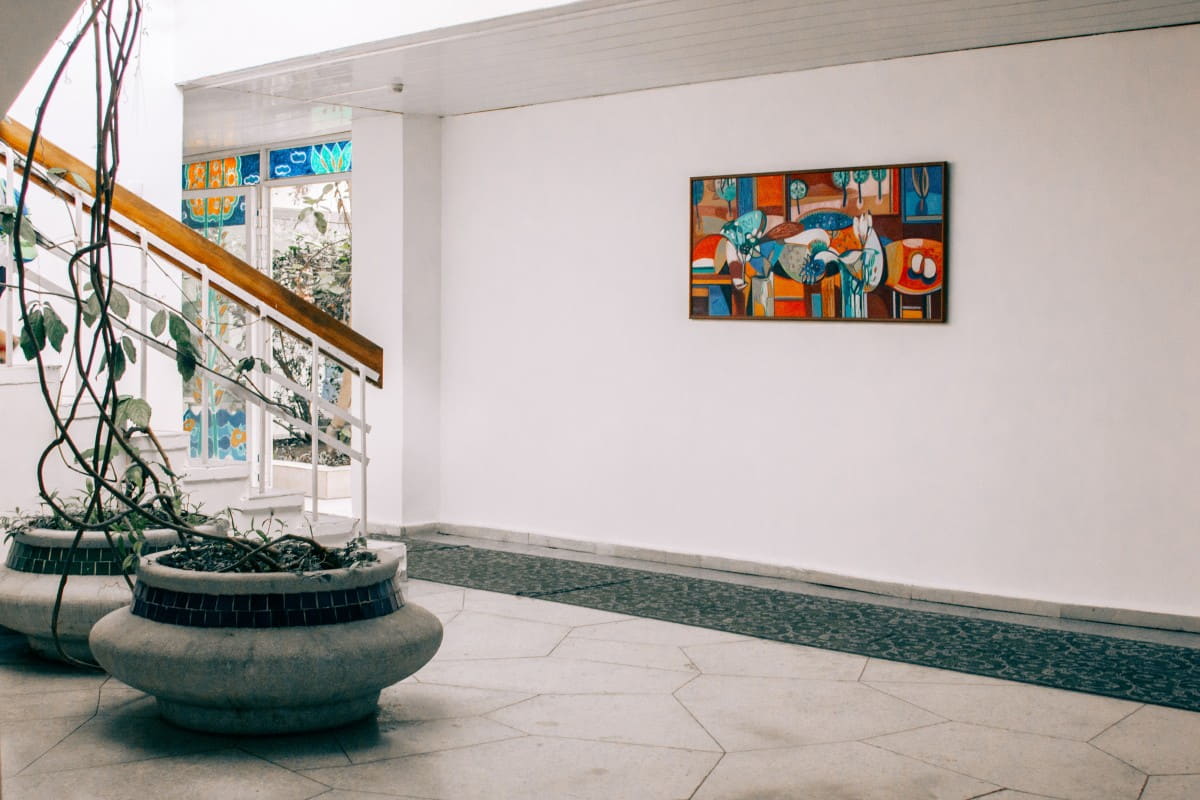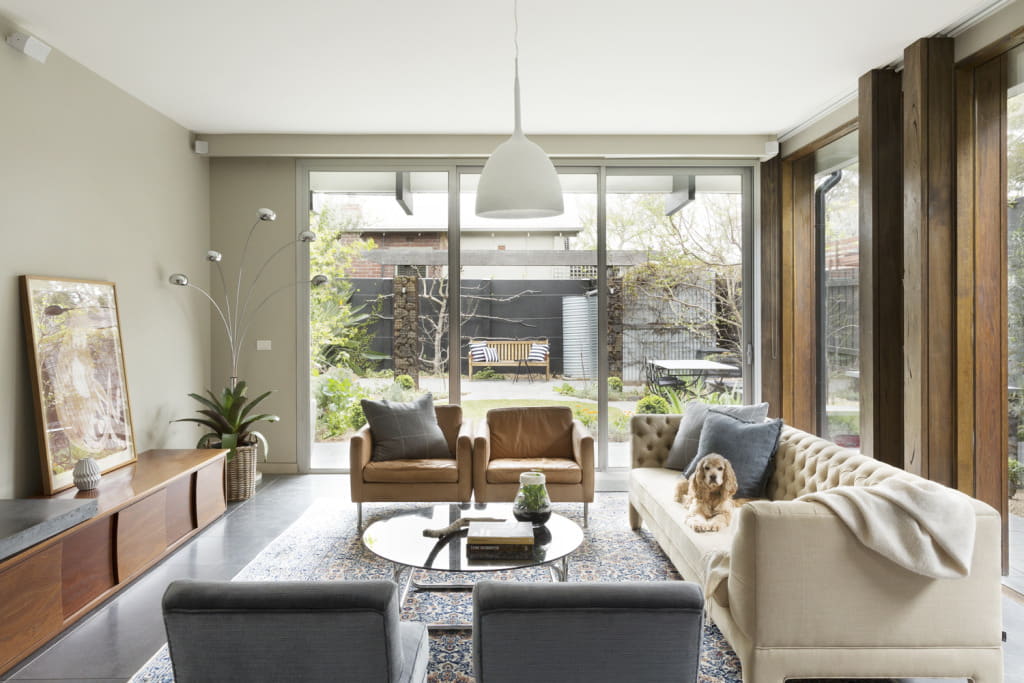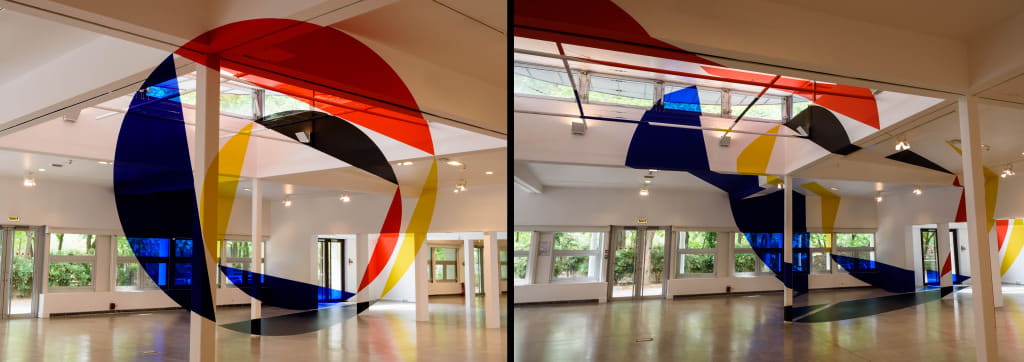- MON-SAT: 10AM - 5PM | SUN: 11AM - 4PM
- 1349-1353 High St, Malvern, VIC 3144
- (03) 9041 9995 | AH: 0412378798
- [email protected]

The art and science behind interior design is a field that combines foundational elements of art and science to create functional and aesthetically pleasing spaces within buildings and homes. Interior design is widely considered as an art form in the design community.
Table of Contents
ToggleThere is no right or wrong in interior design since it adheres to the same rules as art. From arts prospective, interior design involves creating compositions of color, light, texture, and form that are visually appealing and harmonious. This involves selecting and arranging furniture, fabrics, and decorative elements in a way that enhances the overall look and feel of a space.
And from the prospective of science, interior design involves understanding the properties of materials and how they can be used to create functional and safe spaces. It also involves understanding the principles of design, such as balance, proportion, and scale, and how they can be used to create visually pleasing and functional spaces.
Additionally, interior designers must have a good understanding of building codes and regulations, as well as the ability to use computer-aided design (CAD) software or any other visual designing software to create detailed plans and drawings.
The science of interior design depends upon scale and space planning by an interior designer which can get extraordinarily technical. These are very scientific aspects that are commonly used in interior design:
This refers to the way that different colors or very bright shade interact and can be used to create harmonious or contrasting effects within a particular space. The drab hue creates calm, composed moods, and collected attitude that aids productivity. The interior designer can’t simply paint the room a different color, designer’s career depands upon creatively working to curate a space that evokes a particular concept or emotion.

Commercial designers are well-versed in the psychology of color, and it is now making its way into homes. According to the American Society of Industrial Design’s ground-breaking report on the subject (ASID).
For example, Have you ever noticed how red everything is at your favorite fast food restaurants? This is so that the brain might increase appetite as a result of the fiery, vibrant colors stimulate. What about gray’s pervasive use in the workplace?
The muted colour fosters a serene, collected attitude that aids productivity. Commercial designers are familiar with the psychology of color.
The way that light and shadow fall within a space can affect the overall atmosphere and mood. Interior designers consider the direction and intensity of light bulbs when designing a space.

For example, we know that the more natural lighting you can create, the better. there are instances when a room’s colors seem overly “cool.” The color temperature of the room’s furniture and décor may be totally altered by switching from Compact Fluorescent Lamps (CFLs) to incandescent bulbs.
The relationship between the size of different elements within a space, such as furniture and decorative items, can greatly impact the overall feel of the space. Interior designers use principles of proportion and scale to create visually balanced and harmonious spaces.

For instance, maths is a foundational for certain elements. You can be quite accurate with room measurements, geometry, and color harmony. However, It might be challenging to create the desired appearance and feel in a room if you lack basic concepts of these ideas.
Interior designers consider how people will use and interact with a space, and design the layout and features accordingly as each design is unqiue and closely linked our distinct personality.

Painters use the same process, they start with an idea or inspiration they would like to convey as a full concept and then paint it into a gorgeous piece that hangs at your home or art gallery. For example, a designer may consider the flow of traffic and the location of storage areas or fine art.
The way that sound travels and is absorbed within a room can impact the overall atmosphere and functionality of the space. Interior designers consider the materials used in a space, the layout of the room, and how to best integrate furniture to create optimal acoustics.

Interior designing is the process of filling a room with things that suit clients own unique personality. One such example is by incorporating proven scientific research interior designer helps them choose furniture, interior decoration or wall-coverings and various other products by giving suggestions and wait for clients respond for approval.
The design of a space should take into consideration the comfort and safety of the people using it. The art and science of interior design is to consider factors such as the height of countertops and the placement of outlets to create functional and user-friendly spaces.

In order to provide the greatest results, science-based interior design is the process of making judgements regarding the built environment based on reliable research. the method used to create homes, offices, hotels, restaurants, museums, and even prisons.
Visit our new arrival and on sale collections click here